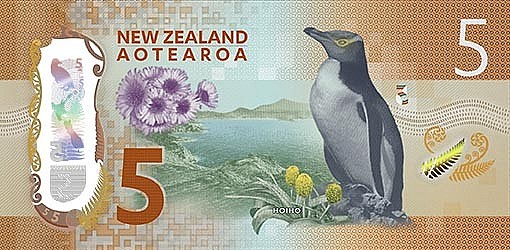Who Are On New Zealand Money - Banknotes and Coins
 |
| Who Are On New Zealand’s Money Of All Time. Photo NZ Herald |
Although the New Zealand Dollar was introduced in 1967, New Zealand Pounds were used prior to that, and they had only been in existence since 1933. Prior to that, we were still a British colony and used British Pounds! Currently, the New Zealand dollar accounts for approximately 2% of the global daily exchange market and is among the top ten most traded currencies globally.
| Contents |
The World's Earliest Banknotes
There is proof that the Chinese, Greeks, and Romans had banking systems long before the Christian era, and records date back 4,000 years to Babylon.
About 700 AD, the first real paper money appeared in China; however, it took several centuries for paper to be used in Europe.
The Bank of England started printing banknotes in 1694. These consisted of a few lines of engraved text that guaranteed payment at the bank's location in a certain amount. A handwritten date, number, signature, and payee's name were also spaced on the banknote. The image of Britannia was the only decorative element on the banknotes.
Paper money came to New Zealand with the European settlers. The six trading banks were the ones who had printed the banknotes that were widely used prior to 1934. These banks were not required to accept one another's currency, though. The trading banks agreed upon a standard design in 1924.
Who are on New Zealand’s Banknotes?
NZ$5 – Sir Edmund Hillary, mountaineer
 |
| Photo BBC |
Edmund Hillary, full name Sir Edmund Percival Hillary, was a mountain climber and explorer from New Zealand who, along with Tenzing Norgay of Tibet, was the first person to reach the summit of Mount Everest, the highest mountain in the world. He was born in Auckland on July 20, 1919, and passed away in Auckland on January 11, 2008.
| New Zealand’s five-dollar note has been named the banknote of the year for 2015, a “clear winner” among nearly 40 eligible designs from a record 20 countries. The honour is awarded every year by the International Bank Note Society. |
NZ$10 – Kate Sheppard, suffragette
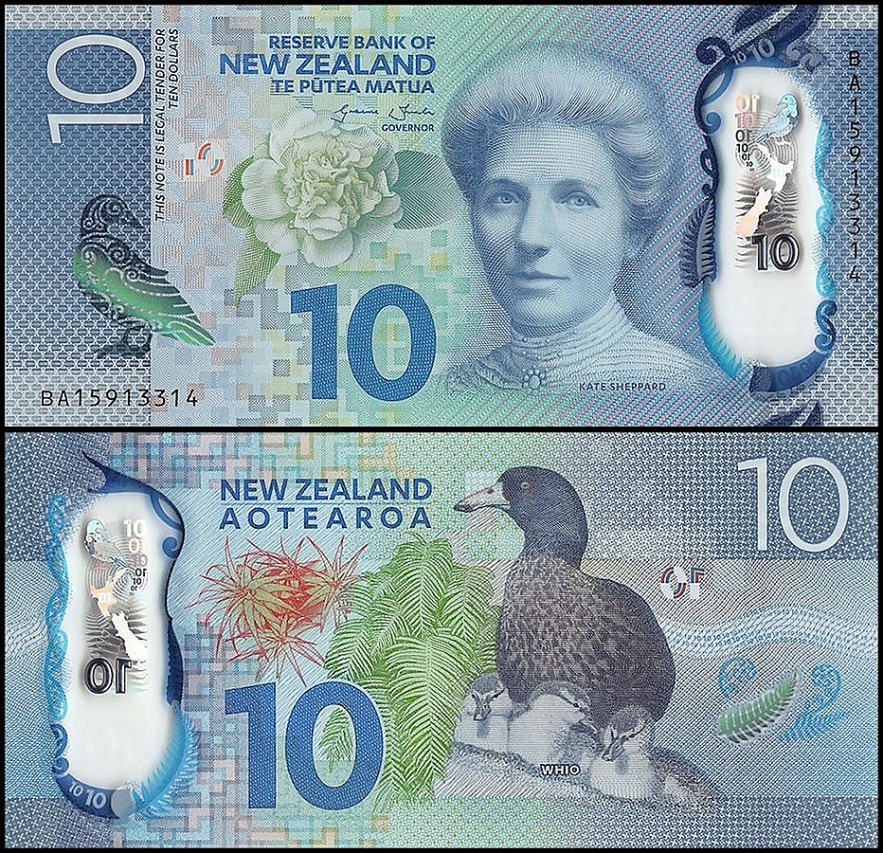 |
| Photo Banknote World |
New Zealand became the world's first nation to grant women the right to vote in 1893. The most well-known advocate for women's suffrage was Kate Sheppard, whose years-long campaign to grant women the right to vote had a significant influence on suffragette movements across the globe! Her image is on the $10 bill because of this.
The Whio, Blue Duck is on the other side. This bird, which is also endemic to New Zealand, gets its name from its call, which is pronounced "fee-oh." The species is also threatened by introduced species, and although there are some well-funded initiatives to manage these populations and boost their numbers, the species' numbers have been declining.
READ MORE: 10 Unique Natural Wonders in New Zealand
NZ$20 – Queen Elizabeth II, The Queen
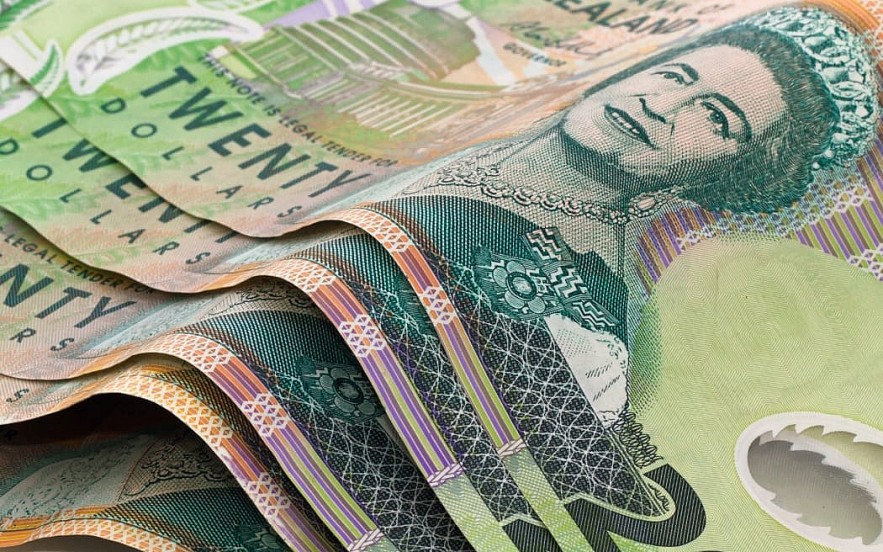 |
| Photo rnz |
The front design of the 20 New Zealand dollar note shows a portrait of Queen Elizabeth II, who is the monarch of the United Kingdom and fifteen other commonwealth realms, against a backdrop that shows the two main buildings of the Wellington-based New Zealand Parliament. A holographic seal of the New Zealand Falcon, also known as Kārearea, completes the design.
The note's reverse features the Kārearea, or New Zealand Falcon, followed by a Marlborough rock dais against the backdrop of Mount Tapuaenuku, the island's southernmost peak. This note is multicolored in green, brown, and yellow and is a part of the 2016 series.
NZ$50 – Apirana Ngata, Maori politician
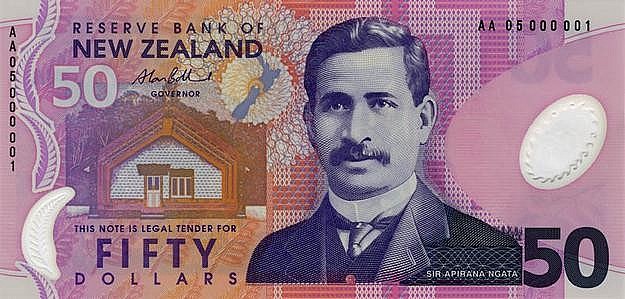 |
| Photo wikipedia |
On the East Coast, at Te Araroa, was born ŀpirana Ngata of Ngāti Porou. He was the first Māori individual to graduate from university. Well-known for his work in Parliament and his unwavering support of Māori language and culture. Between 1905 and 1943, he served in Parliament and bolstered Māori communities. New Zealand's $50 note features a towering image of Sir Āpirania Turupa Ngata.
NZ$100 – Ernest Rutherford, physicist
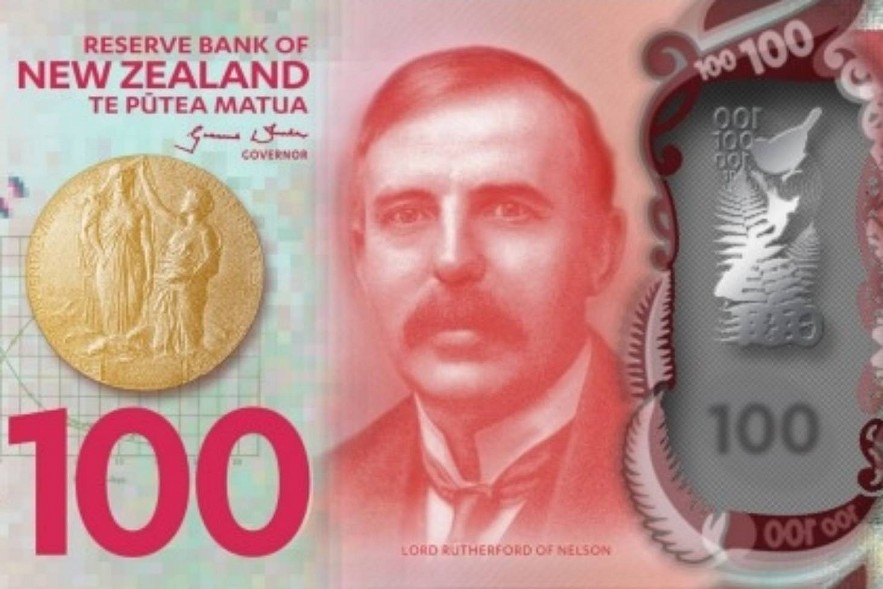 |
| Photo stuffcoNZ |
Awarded the Nobel Prize for Chemistry in 1908 due to his work on the disintegration of elements, Rutherford remains an enduring part of scientific history and a true Kiwi icon. He is worthy of a place on New Zealand’s highest value bill.
What are the Birds on the Back of the New Zealand Banknotes?
NZ$5 – Yellow-eyed Penguin / Hoiho NZ$10 – Blue Duck / Whio NZ$20 – New Zealand Falcon / Karearea NZ$50 – Blue Wattled Crow / Kokako NZ$100 – Yellowhead / Mohua |
Who appears on New Zealand’s Coins?
The British king is the head of state of New Zealand. Since they do not have any authority in New Zealand in their capacity as King or Queen of the United Kingdom, this does not jeopardize the nation's independence. For seventy years, Queen Elizabeth II's likeness could be found on coins in New Zealand. The commemorative coin released during the Queen's coronation in 1953 (top left) features a younger image, while the 50-cent coin released in 2001 (bottom) features a more mature image.
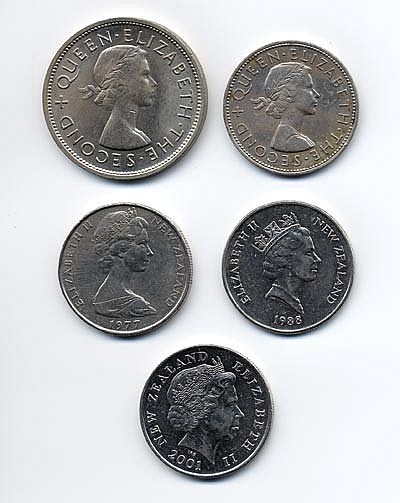 |
| Photo teara |
There are five distinct sizes for New Zealand coins, and each one has a distinct engraving. Similar to the $20 coin, all of the coins feature Queen Elizabeth II, which is a holdover from New Zealand's colonial past. However, the front of the coins features images of everything that is New Zealand.
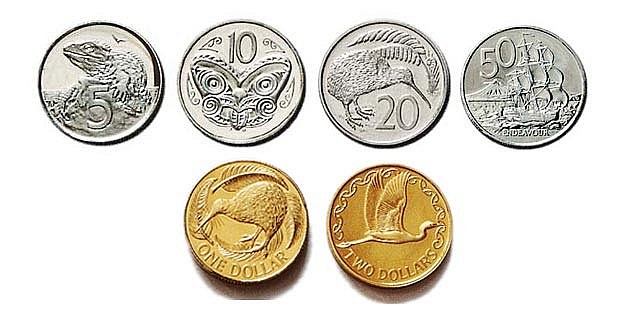 |
| Photo |
The $2 coin shows an image of the Great White Egret known in New Zealand as a Kotuku. It is a common bird in Australia and in other areas of the Asia-Pacific but in New Zealand it is only found on the West Coast and its breeding ground is centered around the small lagoon of Okarito. We visit the small town of Okarito as we make our way up the South Island's West Coast and it is possible to see the Kotuku however it is still quite rare even though this its only breeding area.
The $1 coin has the most famous New Zealand birds, the Kiwi! The fuzzy, flightless bird has become world famous and an international icon for New Zealand and so we have it pride of place on the dollar coin!
The 50c coin shows an image the ship, The Endeavour. The HMS Endeavour was the ship that Captain James Cook commanded during his voyage of discovery between 1769-1771 where came across Australia and New Zealand.
The 20c depicts a well-known Maori carving of Chief Pukaki and the 10c coin has a carved Maori head known as a Koruru.
| Where coins are minted The $1 and $2 coins of New Zealand are produced by the United Kingdom's Royal Mint. The Royal Canadian Mint is responsible for producing the 10 cent, 20 cent, and 50 cent coins. We have also utilized the South African Mint Company, the Norwegian Mint, and the Royal Australian Mint over the years. |
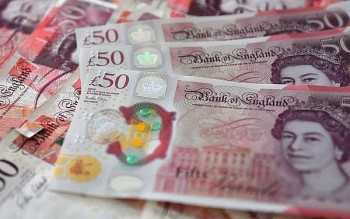 Who Are On Canadian Money Of All Time Who Are On Canadian Money Of All Time Images on banknotes and coins of every country have their meanings. Are you curious to know what on Canadian money and what they mean? |
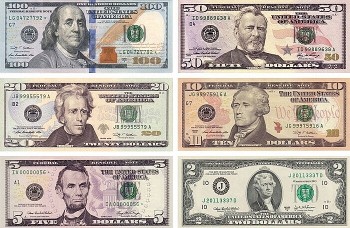 Who Are On American Money Of All Time Who Are On American Money Of All Time Who are on American money of all time? Most of faces appeared on American coins and bills are famous people. Can you name some of ... |
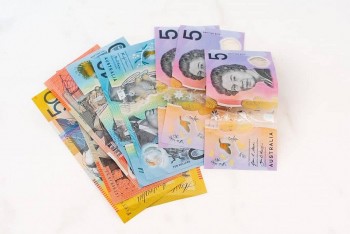 Who Are On Australian Money Of All Time Who Are On Australian Money Of All Time Are you curious to know the names and stories behind the faces on Australia’s banknotes? Read on to know the mystery. |


